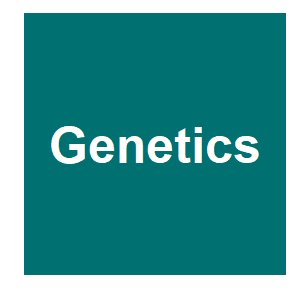Experimental population-genetics of meiotic drive systems .1: Pseudo-Y chromosomal drive as a means of eliminating cage populations of Drosophila melanogaster

|
Lyttle, TW,
Genetics,
86:413-445.
1977.

The experimental population genetics of Y-chromosome drive in Drosophila; melanogasier is approximated by studying the behavior of T(Y;S),SD lines.; These exhibit “pseudo-Y” drive through the effective coupling of the Y chromosome; to the second chromosome meiotic drive locus, Segregation distorter; (SD). T(Y;S),SD males consequently produce only male offspring. When; such lines are allowed to compete against structurally normal SD+ flies in; population cages, T(Y;S),SD males increase in frequency according to the; dynamics of a simple haploid selection model until the cage population is; eliminated as a result of a deficiency in the number of adult females. Cage; population extinction generally occurs within about seven generatiomSeveral; conclusions can be drawn from these competition cage studies:; (1) Fitness estimates for the T(Y;Z),SD lines (relative to SD+) are generally; in the range of 2-4, and these values are corroborated by; independent estimates derived from studies of migration-selection; equilibrium.; (2) Fitness estimates are unaffected by cage replication, sample time, or; the starting frequency of T(Y;Z),SD males, indicating that data from; diverse cages can be legitimately pooled to give an overall fitness; estimate.; (3) Partitioning of the T(Y;S),SD fitnesses into components of viability,; fertility, and frequency of alternate segregation (Y + SD from; X+SD+) suggests that most of the T(Y;S),SD advantage derives; from the latter two components. Improvements in the system might; involve increasing both the viability and the alternate segregation to; increase the total fitness.; While pseudo-Y drive operates quite effectively against laboratory stocks,; it is less successful in eliminating wild-type populations which are already; segregating for suppressors of SD action. This observation suggests that further More related to this: Experimental population modification of the malaria vector mosquito, Anopheles stephensi The malaria mosquito is eliminated in the lab by creating a population of all males Researchers use “gene drive” technology to eliminate malaria mosquitoes in lab experiments On the Well Posedness and Refined Estimates for the Global Attractor of the TYC Model
|



